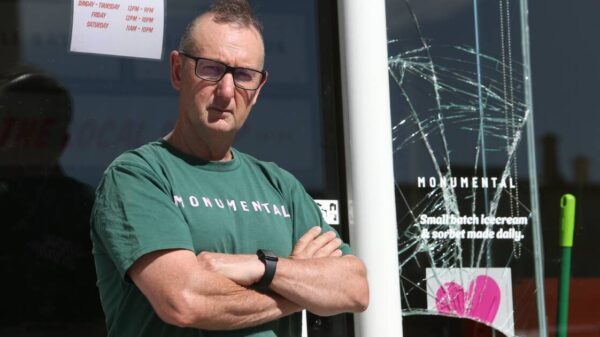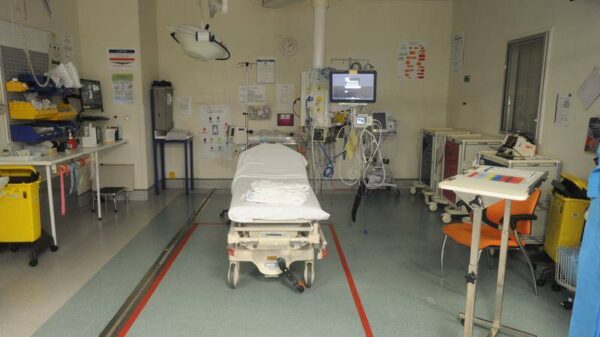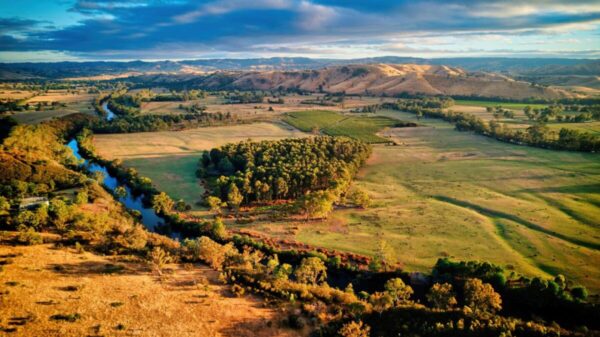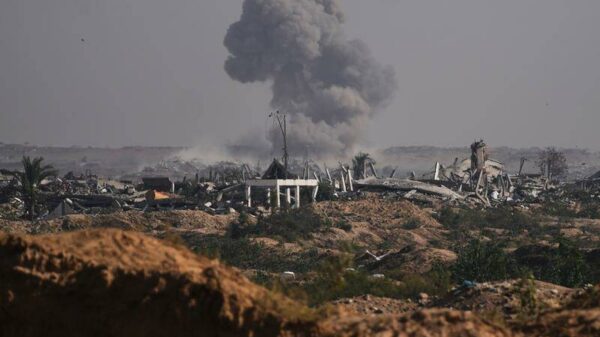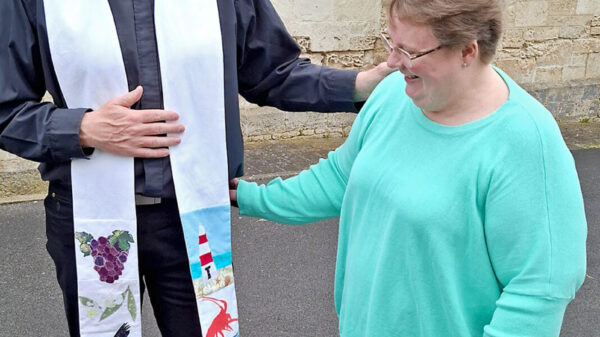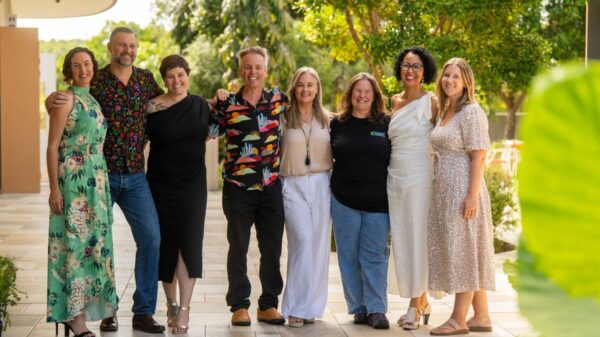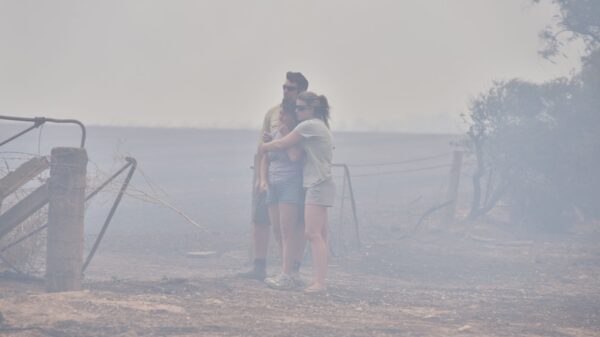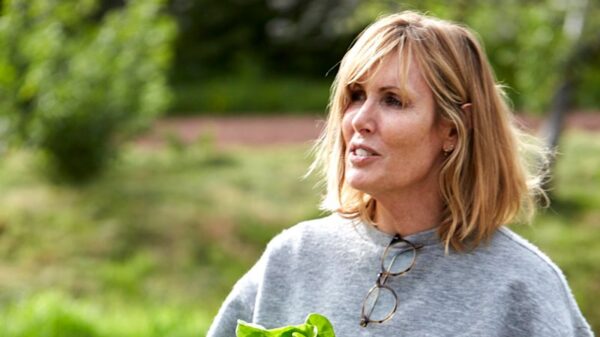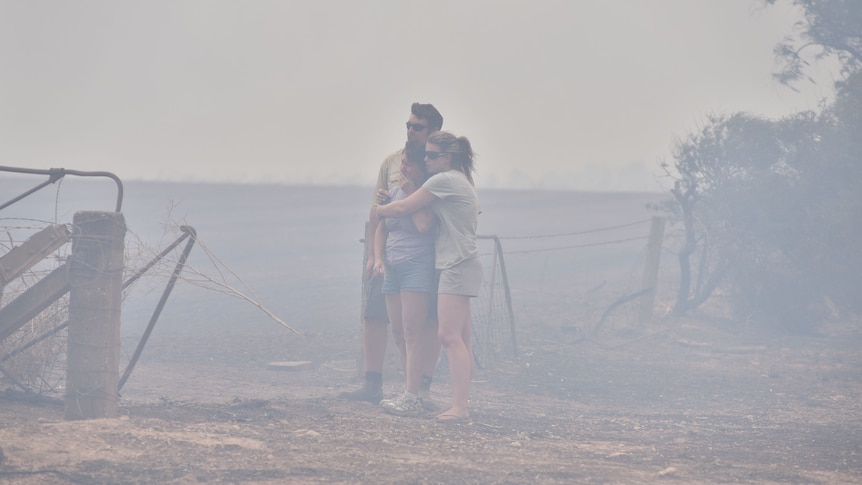Ten years after the devastating Pinery bushfire, which ravaged an area roughly the size of Greater Adelaide, the local community reflects on the profound changes and lessons learned since the disaster. Occurring in December 2015, the fire claimed two lives, destroyed over 500 homes, and resulted in significant economic and environmental damage.
As survivors gather to commemorate the anniversary, their stories highlight not only the tragedy but also the resilience and preparedness that has developed in the aftermath. Many residents have reported a stronger sense of community, with local groups forming to enhance fire safety awareness and emergency response strategies.
Community Preparedness and Focus on Safety
The Country Fire Service (CFS) has played a crucial role in educating residents about fire readiness. Training programs and workshops have been established, equipping locals with vital skills to prevent and respond to bushfires. These initiatives include controlled burn practices, creating firebreaks, and maintaining defensible spaces around properties.
Local resident and community leader, Sarah Thompson, notes that the lessons learned from the Pinery bushfire have prompted significant changes in emergency planning. “We have developed a stronger network of communication and support,” she stated during a remembrance event held on December 3, 2025. “People are more aware of the risks and the importance of being prepared.”
The impact of the bushfire extended beyond immediate loss. It prompted a re-evaluation of land management practices and the need for sustainable approaches to agriculture and forestry in the region. The devastating fire pushed local authorities to consider new policies aimed at reducing fire hazards, which include stricter regulations on land clearing and improved vegetation management.
Long-Term Recovery and Community Spirit
In the decade since the disaster, recovery efforts have evolved, focusing on not only rebuilding homes but also enhancing community infrastructure. Programs aimed at mental health support and community cohesion have been vital for those affected. Local governments, alongside non-profit organizations, have provided resources to help residents cope with the psychological toll of such a traumatic event.
According to data from the South Australian government, recovery initiatives have included funding for new community centers and emergency shelters, which are designed to provide refuge during future crises. The government has allocated approximately $15 million to these recovery projects, illustrating a commitment to long-term resilience.
The Pinery bushfire serves as a critical reminder of the volatile nature of Australia’s bushfire season. As climate change continues to influence fire patterns, communities across the nation are recognizing the importance of preparedness. Residents in the Adelaide Hills region are now more vigilant, applying lessons from the past to ensure the safety of their families and properties.
As the anniversary of the Pinery bushfire approaches, local gatherings not only serve as memorials but also as celebrations of community strength and unity. The resilience demonstrated by the people of South Australia stands as a testament to their ability to overcome adversity and adapt to an uncertain future.


